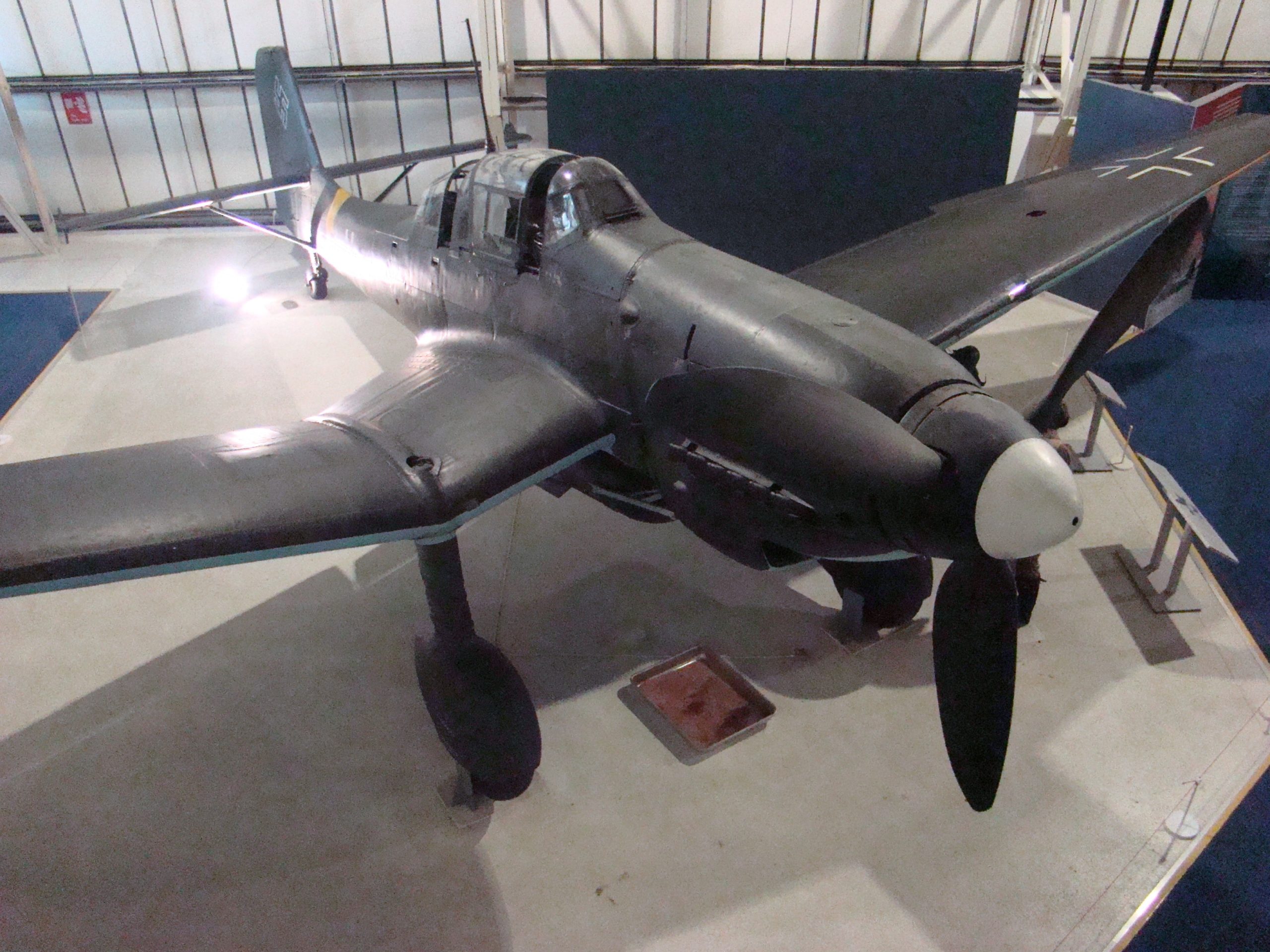
Junkers Ju-87G-2 Stuka | |
| Paese | Germania nazista |
| digitare | Bombardiere subacqueo e aereo da attacco al suolo |
| Primo volo | Il 17 settembre 1935 |
| Costruito | 6500+ |
Le Junkers Ju 87 o Stuka (da Sturzkampfflugzeug, "bombardiere in picchiata") era un bombardiere in picchiata tedesco e un aereo da attacco al suolo. Progettato da Hermann Pohlmann, volò per la prima volta nel 1935. Lo Ju 87 fece il suo debutto in combattimento nel 1937 con la Legione Condor della Luftwaffe durante la guerra civile spagnola. Servì le forze dell'Asse durante la seconda guerra mondiale. Ju 87G: Con la variante G, l'invecchiamento della cellula dello Ju 87 trovò nuova vita come aereo anticarro. Questa era la versione operativa finale dello Stuka, e fu dispiegata sul fronte orientale.
| Junkers Ju-87G-2 Stuka | |
|---|---|
| Fotografo | Jaro Mucha |
| Localizzazione | Inconsapevole |
| Foto | 21 |
Vedi anche:
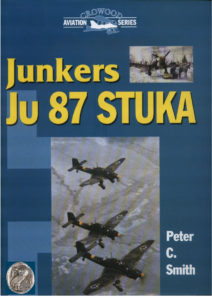
| Junkers Ju-87 G2 Walk Around | |
|---|---|
| Fotografo | Unknow |
| Localizzazione | Inconsapevole |
| Foto | 69 |
Le Junkers Ju-87 Stuka è stato un bombardiere in picchiata tedesco che ha svolto un ruolo significativo nelle prime fasi della seconda guerra mondiale. Il nome Stuka deriva dalla parola tedesca Sturzkampfflugzeug, che significa "bombardiere in picchiata". Lo Ju-87 è stato progettato da Hermann Pohlmann e ha volato per la prima volta nel 1935. Aveva caratteristiche distintive come le ali di gabbiano rovesciate, il carrello fisso e le sirene montate sulle gambe del carrello di atterraggio, note come trombe di Gerico, che producevano un suono terrificante durante un attacco in picchiata. Lo Ju-87 era dotato di freni automatici in picchiata che garantivano il recupero da una picchiata ripida anche se il pilota perdeva conoscenza a causa delle elevate forze g.
Lo Ju-87 fece il suo debutto in combattimento nel 1937 con la Legione Condor della Luftwaffe durante la guerra civile spagnola, dove si dimostrò un'arma efficace contro bersagli terrestri e navi. Partecipò anche all'invasione della Polonia, della Norvegia, della Francia, dei Balcani, del Nord Africa e dell'Unione Sovietica, dove supportò l'esercito tedesco con bombardamenti di precisione e missioni anticarro. Lo Ju-87 era altamente preciso e affidabile, ma anche lento, inmanovrabile e leggermente armato, rendendolo vulnerabile ai caccia nemici. Durante la battaglia d'Inghilterra del 1940, lo Ju-87 subì pesanti perdite e fu ritirato dal fronte occidentale. Continuò ad operare in altri teatri fino al 1944, quando fu gradualmente sostituito da aerei più avanzati come il Focke-Wulf Fw 190.
Le Ju-87 fu prodotto in diverse varianti, tra cui lo Ju-87A, che fu il primo modello di produzione; lo Ju-87B, che aveva un motore più potente e un carico di bombe maggiore; lo Ju-87R, che aveva una maggiore capacità di carburante per le missioni a lungo raggio; lo Ju-87C, che era una versione navale destinata alle portaerei; lo Ju-87D, che aveva migliorato la corazzatura e le prestazioni; e lo Ju-87G, che trasportava due cannoni da 37 mm per compiti anticarro. Il più famoso pilota di Ju-87 fu Hans-Ulrich Rudel, che volò oltre 2.500 missioni e distrusse centinaia di carri armati, veicoli e ponti. È stato anche il soldato tedesco più decorato della seconda guerra mondiale.
Views : 8450


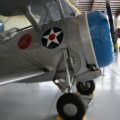
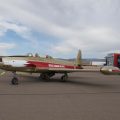
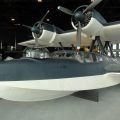
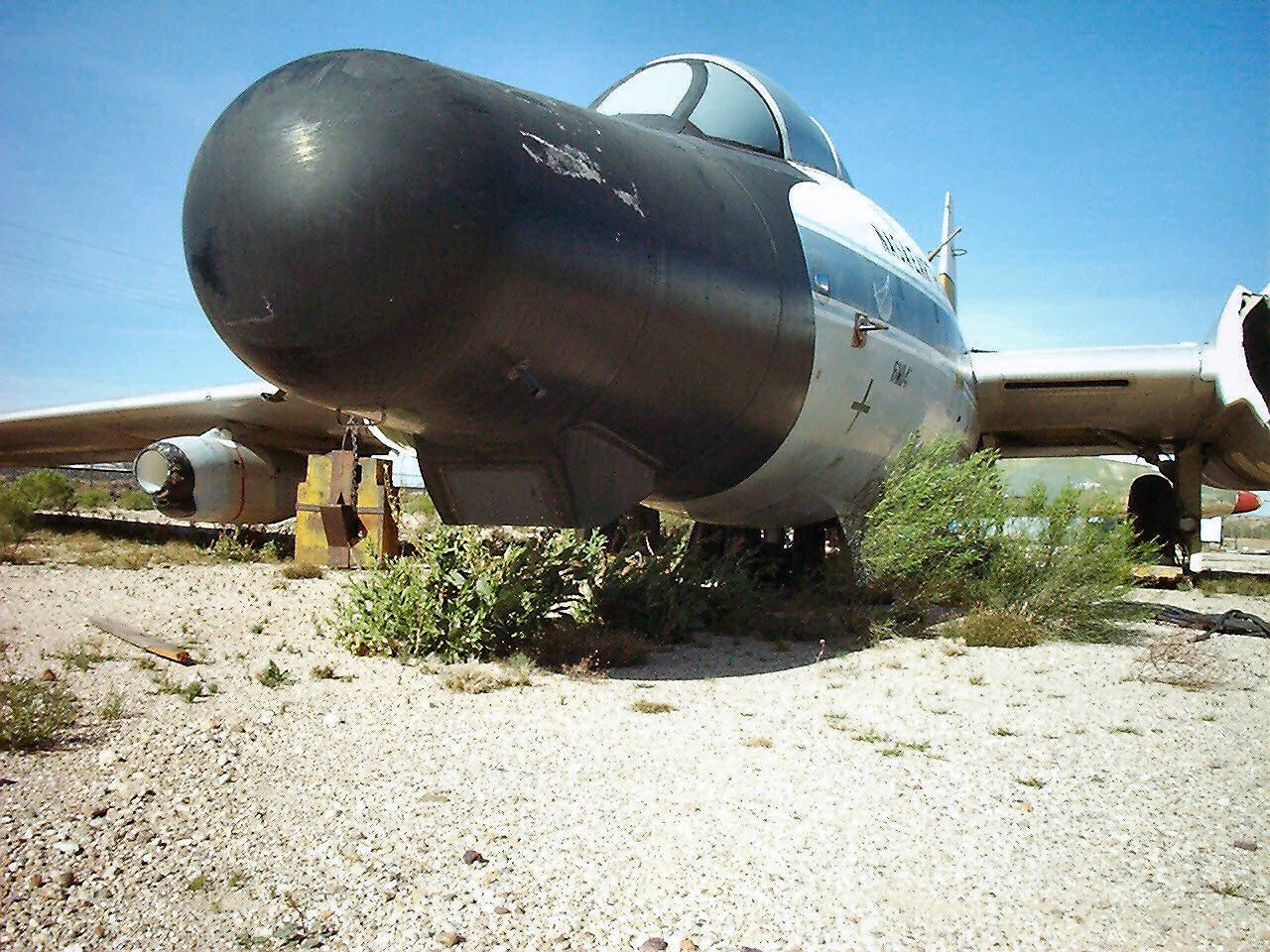
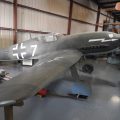
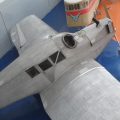
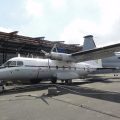
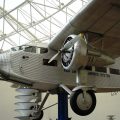
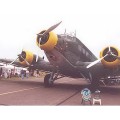
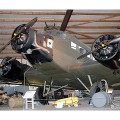
Nuovo set di 40 foto